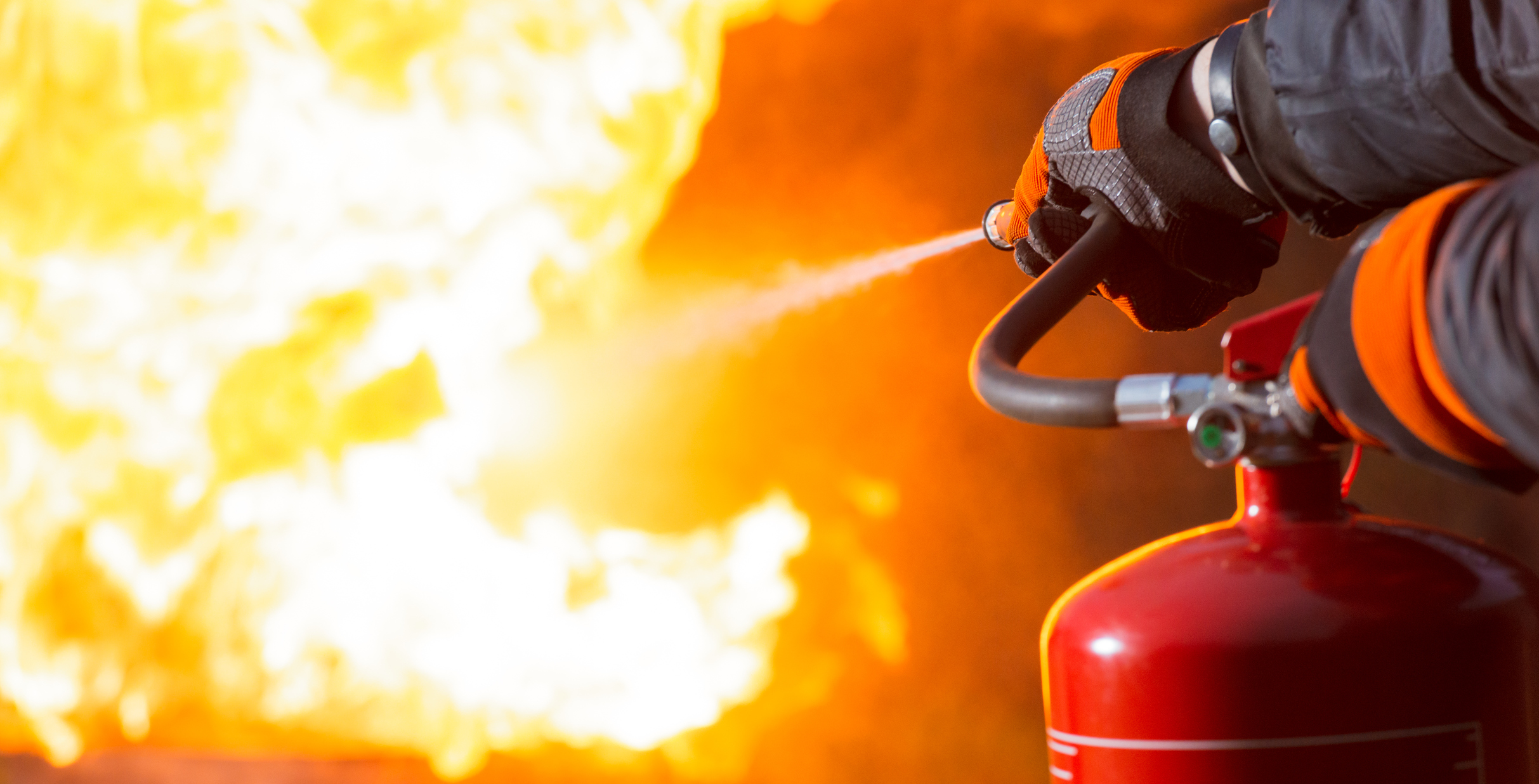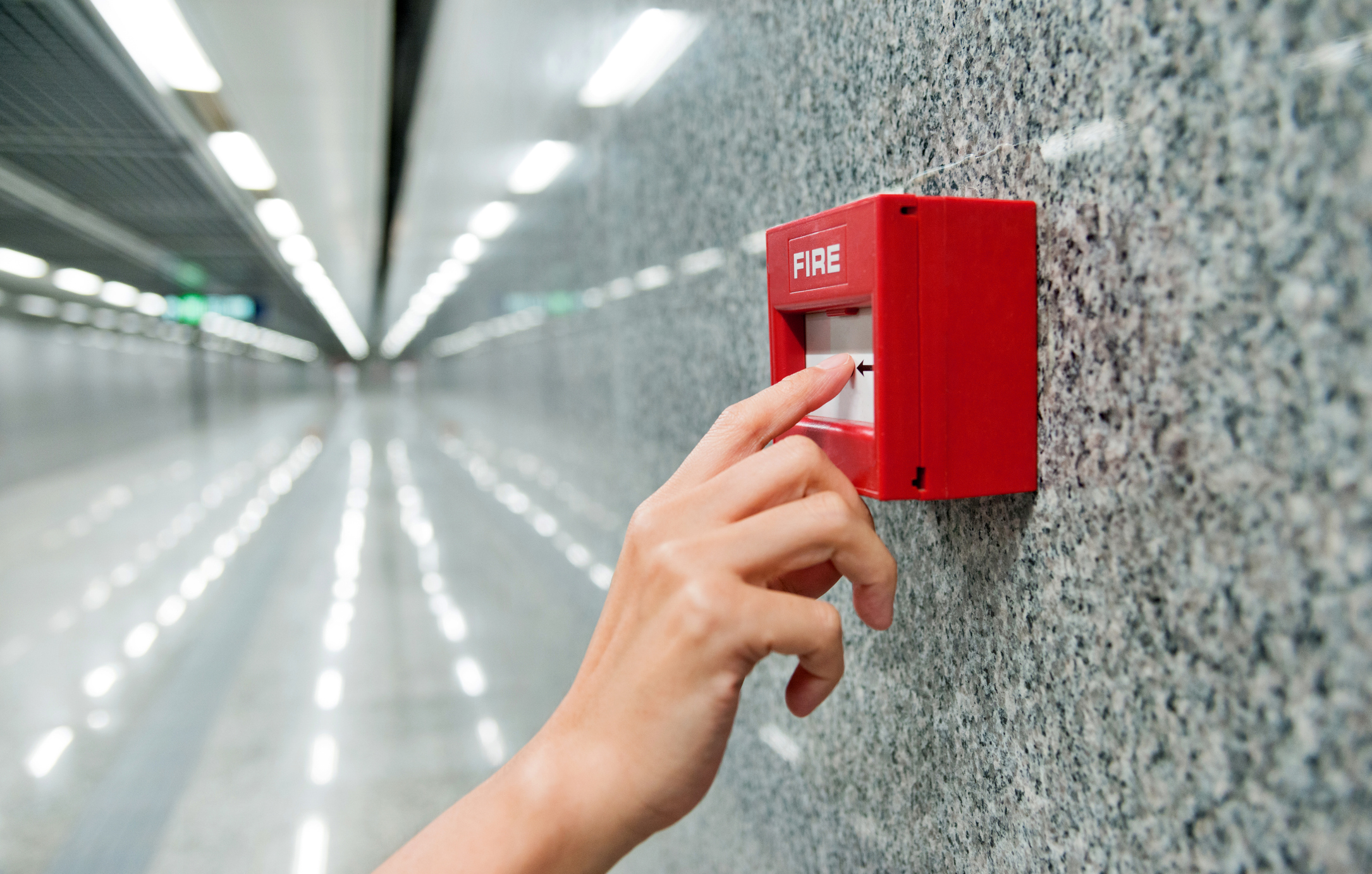
The Fire Triangle Explained
What are the Three Elements of the Fire Triangle?
The fire triangle consists of three essential elements: oxygen, heat, and fuel. Each component works together to sustain a fire, so understanding each element can aid in both fire prevention and emergency response.
Oxygen is a key component of combustion, supporting the chemical processes that occur during a fire. Typically, a fire requires at least 16% oxygen content in the air to burn; however, our atmosphere consists of about 21% oxygen, making most environments ripe for fires if heat and fuel are present.
Heat sources are varied and can include anything from open flames to electrical equipment. The heat necessary to start a fire can come from several origins, such as matches, sparks from electrical connections, or even friction.
Fuel can be anything combustible, ranging from paper and wood to gases and liquids like propane and gasoline. The physical state and characteristics of the fuel determine how easily it can catch fire and how it must be handled.
Oxygen
Oxygen supports combustion by reacting with a fuel source at high temperatures. Limiting oxygen can effectively smother a fire, which is why techniques like covering a fire with a non-combustible blanket or using various fire extinguishers are effective.
Heat
Sources of heat are diverse and pervasive. In homes, heat may arise from cooking appliances, heating equipment, or electrical malfunctions. In industrial settings such as warehouses, mechanical equipment, chemical reactions, or even the sun can provide sufficient heat to start a fire. Preventing fires involves controlling these heat sources, such as maintaining electrical systems and keeping flammable materials away from heat sources.
Fuel
The third component of the fire triangle is fuel, which is used to ‘feed’ the flames and sustain them. Common fuels in homes include furniture, draperies, and paper products, while workplaces might also store chemicals, gases, and industrial supplies that can act as fuel. Safe storage, proper handling, and minimising the quantity of available fuel are effective strategies for reducing fire risks.
Breaking the Fire Triangle
Breaking the fire triangle involves removing at least one of its elements to stop a fire. Firefighting techniques focus on this strategy by either cooling the fire (removing heat), smothering it (removing oxygen), or removing fuel sources. Tools like fire extinguishers are designed to target specific elements of the triangle based on the nature of the fire.
Practical Safety Tips
There are several measures that you can take to stop the fire triangle from developing. You will need to consider your environment first and foremost, as the dangers found in the home differ significantly from those found in other environments like industrial workplaces. Generally speaking, though, the following practical safety tips can be adopted across the board to help prevent the spread of fire:
- Maintenance: Regular maintenance and inspection of electrical and heating systems to prevent overheating and sparks.
- Safe Storage: Clear and safe storage of flammable materials.
- Fire Prevention Measures: Installation and maintenance of smoke detectors and fire suppression systems.
- Monitoring: Conducting regular fire drills and providing education on fire safety and emergency response.
By understanding and applying knowledge of the fire triangle, individuals and organisations alike can effectively mitigate fire risks and enhance safety in their environments. Fire is a serious risk, so harnessing your understanding of the fire triangle can help prevent the threat of fire on buildings, assets and occupants.




